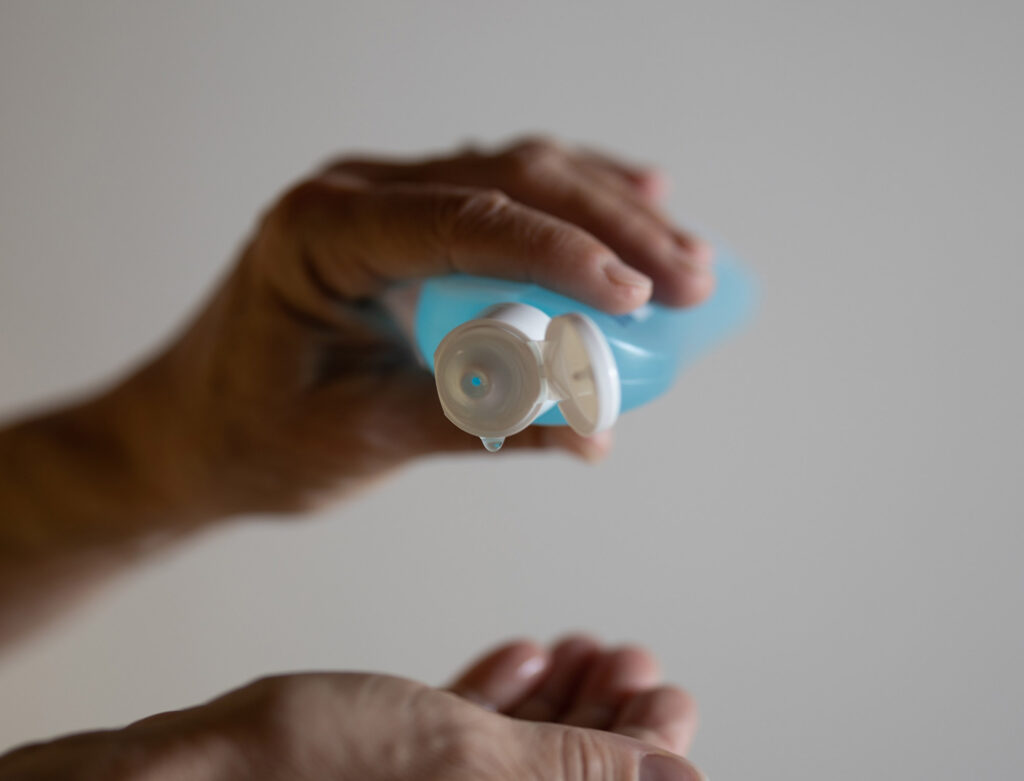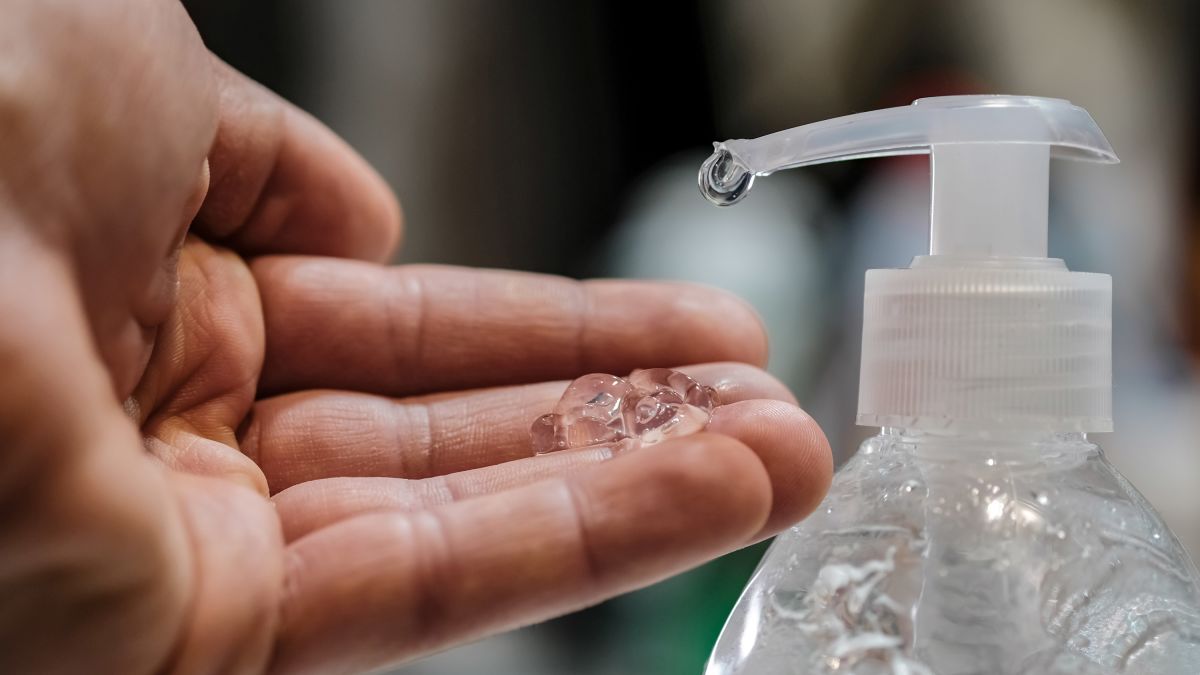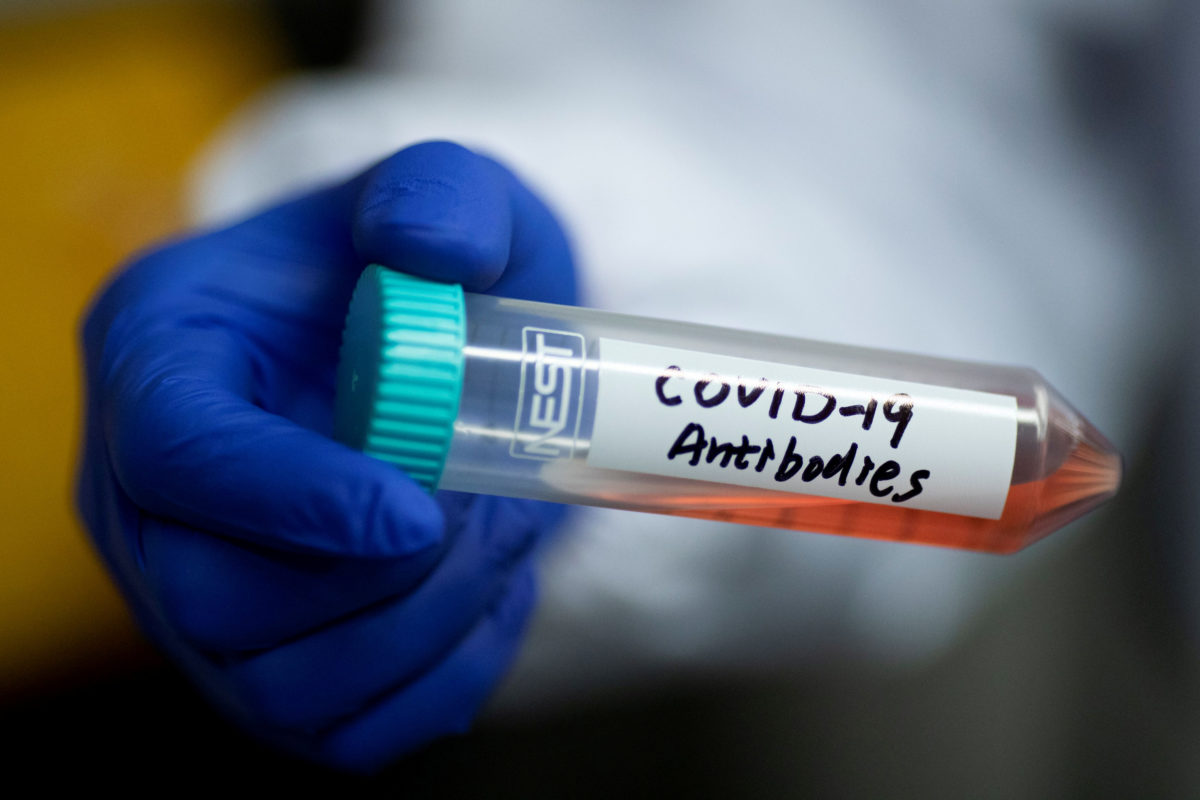Non-medical masks
Non-medical masks are often homemade of breathable fabrics and can be commercially available as well. There are numerous designs for fabric masks, but they generally cover the nose and mouth, are secured with ties or elastic loops, include multiple layers of fabric, and can sometimes be washed and re-used.
The evidence about the benefits of these masks is limited. One good quality study showed that the risk of respiratory infection is increased (and not reduced) in health care workers using cotton cloth masks when compared to medical masks. Cloth masks are currently being recommended by some countries as a means of source control in the general population. Although their protective effectiveness to the wearer is unknown, they may protect others if the wearer is a pre-symptomatic or asymptomatic carrier.
Medical masks (also known as surgical masks)
These are made from a minimum of three layers of synthetic nonwoven materials, and configured to have filtration layers sandwiched in the middle. These masks are available in different thicknesses, have various levels of fluid-resistance and two levels of filtration. These medical masks reduce the transfer of saliva or respiratory droplets from the wearer to others and to the environment. They also decrease the likelihood of potentially infectious droplets from others reaching the mouth and nose of the mask wearer.
Hand hygiene should be performed before putting on a clean mask and after removing the mask. These masks should be worn tightly around the chin and top of the nose. The wearer should avoid touching the mask while it is on the face and the mask should be immediately discarded if it becomes moist. Importantly, wearing a mask must be combined with other preventive measures including performing frequent and appropriate hand hygiene and physical distancing of at least 1 metre (3 feet).
Respirators (also known as filtering facepiece respirators –FFR)
Available at different performance levels such as FFP2, FFP3, N95 and N99
These are specifically designed for healthcare workers who provide care to COVID-19 patients in settings and areas where special medical procedures are undertaken. Respirators are intended to protect the wearer when these medical procedures aerosolize smaller particles than normal droplets into the air in the health treatment area. Healthcare workers should be fit tested before using a respirator to ensure that the respirator is sealed tightly on the wearer’s face and is properly fitted. Respirators with valves should not be used as the purpose of source control.







